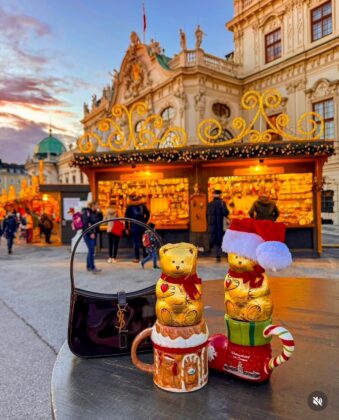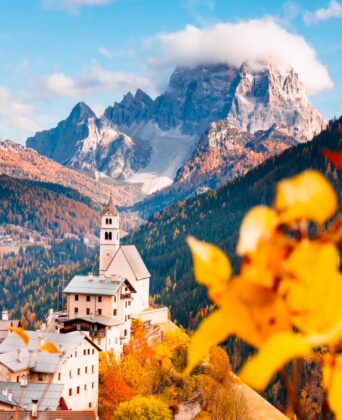Palácio da Pena
The Palácio Nacional da Pena, perched high on the verdant hills of Sintra, Portugal, is a vision of color and creativity—a place where history and fantasy blend to create a stunning spectacle that captures the heart and soul of every visitor. This extraordinary palace is not just an architectural masterpiece; it is a testament to the romantic ideals and imaginative spirit of the 19th century, a place where every stone, turret, and pathway tells a story.
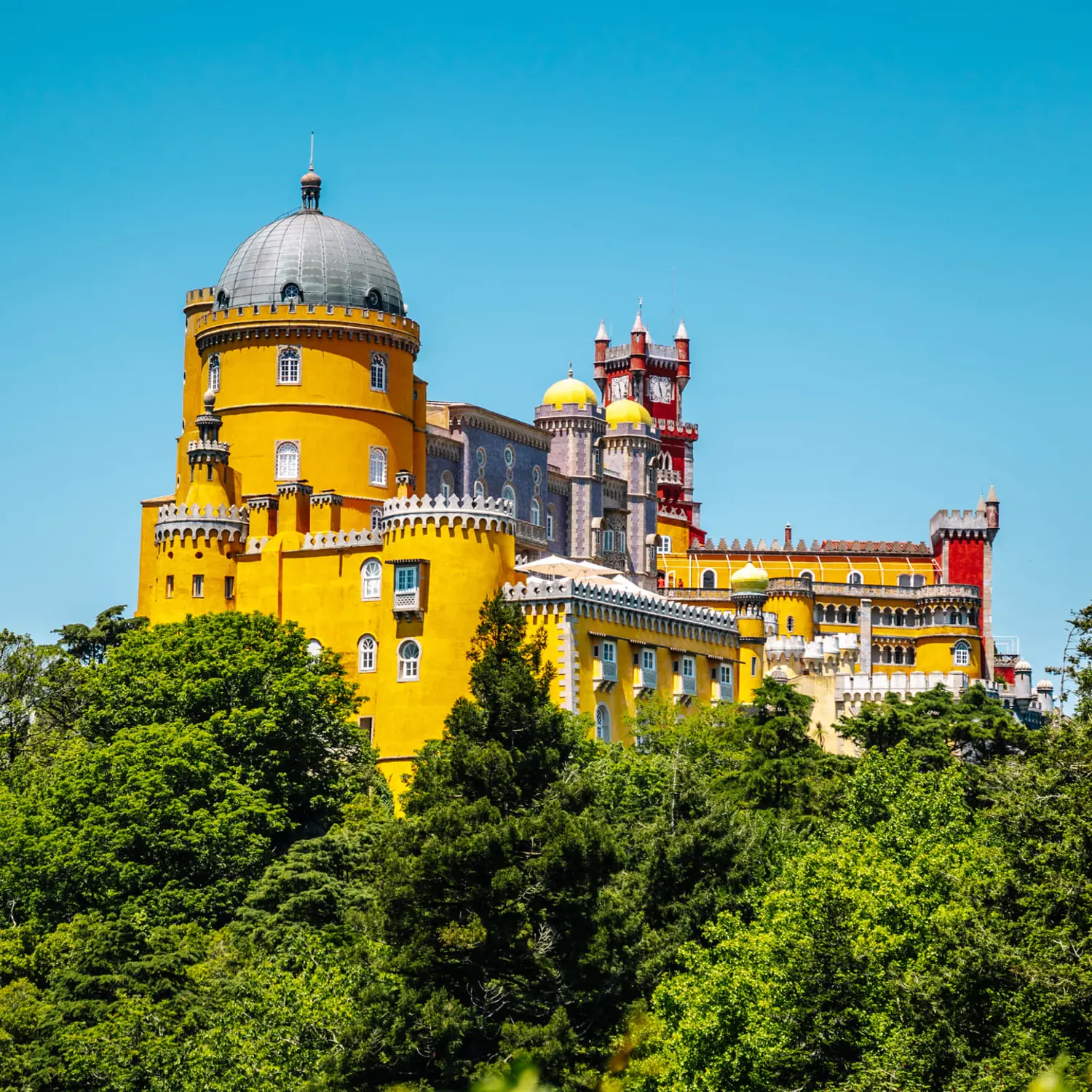
A Romantic Vision Brought to Life
The origins of the Palácio da Pena trace back to King Ferdinand II, a man of immense vision and artistic sensibility. In the mid-19th century, Ferdinand, consort to Queen Maria II, purchased the ruins of an old monastery that had been severely damaged in the Great Lisbon Earthquake of 1755. He envisioned a summer residence for the Portuguese royal family that would be unlike any other—a place that would reflect the cultural and artistic currents of the time, especially the Romanticism that was sweeping across Europe.
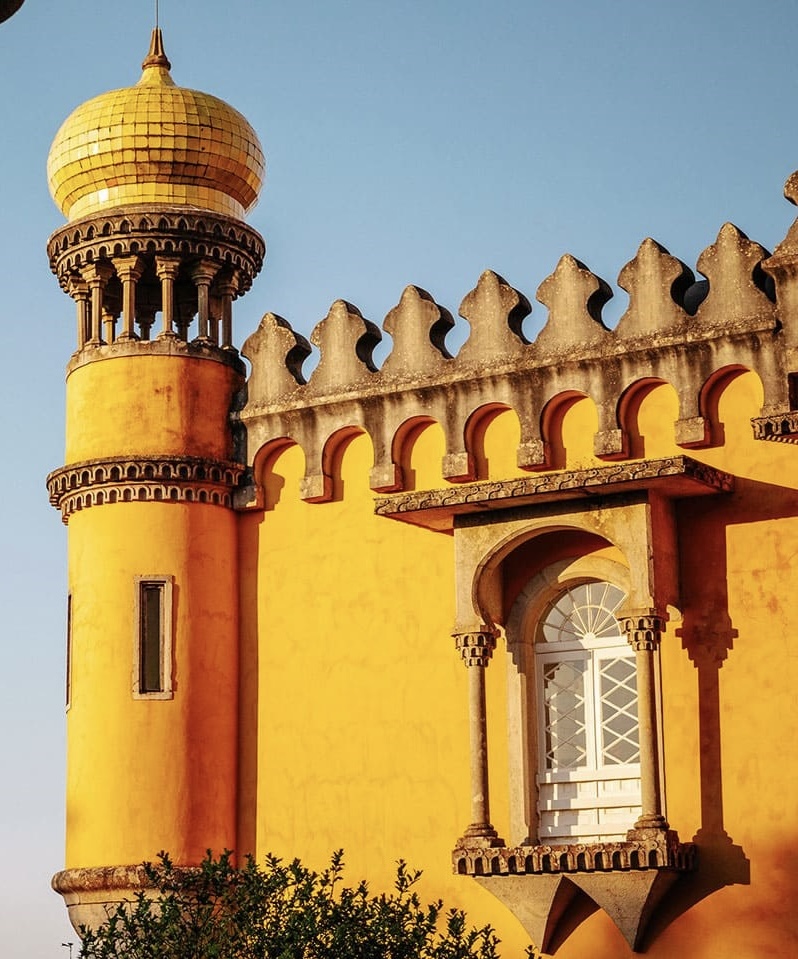
Romanticism, as an artistic movement, emphasized emotion, individualism, and a deep connection with nature. It sought to evoke feelings of wonder, nostalgia, and the sublime. Ferdinand, inspired by these ideals, commissioned the construction of the Pena Palace, infusing it with a mix of architectural styles—Gothic, Manueline, Moorish, and Renaissance—each element chosen to evoke a sense of history, fantasy, and grandeur.
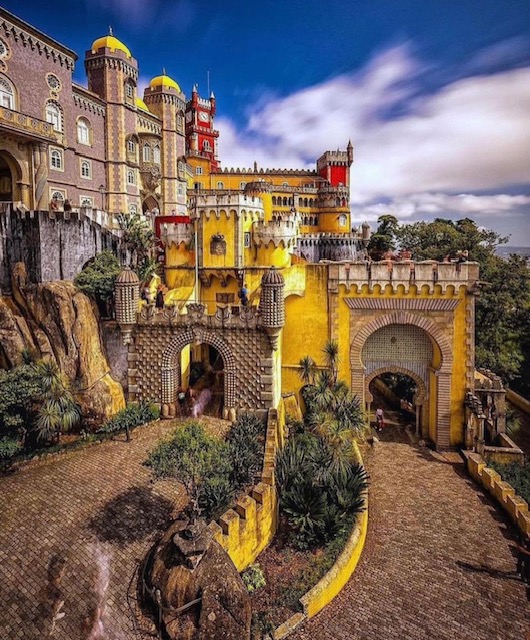
A Kaleidoscope of Colors and Styles
As you approach the palace, the first thing that strikes you is its vibrant and eclectic exterior. The palace is a riot of colors—vivid yellows, deep reds, and soft blues, all juxtaposed against the lush greenery of the surrounding Parque da Pena. The boldness of the colors is not just a stylistic choice but a reflection of Ferdinand’s desire to create something that would stand out against the natural landscape, a beacon of human creativity and imagination.
The architectural details are equally stunning. Ornamental battlements, crenellated towers, and statues of mythological creatures guard the palace, each element carefully crafted to create a sense of mystery and wonder. The palace’s design incorporates elements from Portugal’s rich history, including Gothic arches, Moorish domes, and Manueline motifs, all of which blend seamlessly to create a harmonious and unique structure.
One of the most iconic features of the palace is the clock tower, a symbol of the passage of time and the transience of human achievements. Yet, as the palace itself demonstrates, some creations are destined to endure, standing as testaments to the enduring power of art and imagination.

A Glimpse into Royal Life
Step inside the Palácio da Pena, and you are transported back to the early 20th century, to a time when the palace was still a royal residence. The interior has been meticulously restored to how it appeared in 1910, the year when the Portuguese monarchy fled to Brazil following the revolution that established the Portuguese Republic.
The rooms are richly decorated, reflecting the opulence and taste of the Portuguese nobility. The walls are adorned with intricate frescoes, luxurious tapestries, and beautiful azulejos—traditional Portuguese tiles that tell stories of the country’s past. Each room is a treasure trove of antiques and artworks, from the grand ballroom with its crystal chandeliers to the intimate private quarters where the royal family once lived.
One of the most fascinating aspects of the interior is how it reflects the everyday life of the royals. The kitchens, for example, are still equipped with the original copper pots and pans, giving visitors a glimpse into the culinary world of the palace. The bedrooms, with their canopied beds and delicate linens, evoke a sense of comfort and luxury, while the library, filled with leather-bound books, speaks to the intellectual pursuits of the palace’s inhabitants

A Romantic Wilderness
Surrounding the Palácio da Pena is the Parque da Pena, a sprawling 200-hectare park that is as much a part of the palace’s allure as the building itself. The park was designed to complement the palace, embodying the same Romantic ideals that inspired its construction. It is a place where nature and art intersect, where every pathway and viewpoint is carefully curated to evoke a sense of wonder and discovery.
The park is a lush, green wilderness, filled with winding trails, hidden grottoes, and giant boulders draped in moss. The landscape is dotted with exotic plants and trees from all over the world, reflecting King Ferdinand’s passion for botany. As you wander through the park, you come across fern gardens, lily ponds, and serene lakes, each one offering a moment of tranquility and reflection.
One of the most enchanting features of the park is the network of romantic pathways that lead to spectacular viewpoints. From these vantage points, you can see the entire Sintra-Cascais Natural Park stretching out before you, with the Atlantic Ocean glistening in the distance. On a clear day, the views are breathtaking, offering a panorama of the rugged landscape that has inspired poets, artists, and travelers for centuries.

The Legacy of Palácio da Pena
The Palácio da Pena is more than just a palace; it is a symbol of Portugal’s cultural heritage and a monument to the enduring power of human creativity. In 1995, it was designated a UNESCO World Heritage Site, recognized not only for its architectural significance but also for its role in the broader cultural landscape of Sintra.
The palace’s legacy is also deeply intertwined with the history of Portugal itself. It stands as a reminder of a bygone era when the country was a global power, with a rich and diverse cultural heritage that drew from its connections with the wider world. Today, the palace is one of the most visited tourist attractions in Portugal, drawing millions of visitors each year who come to marvel at its beauty and explore its history.

Practical Tips for Visiting
Given its popularity, a visit to the Palácio da Pena requires some planning. To fully appreciate the palace and its surroundings, it is recommended to arrive early in the day, ideally when the park opens. This allows you to explore the gardens in peace before the crowds arrive and to enjoy the palace’s interior without the long queues that form later in the day.
Tickets to the palace are sold with a specific entry time, so it’s best to book in advance to secure your preferred time slot. Once inside, take your time to explore each room and savor the details that make the palace so special. Don’t forget to bring comfortable shoes for walking in the park, as the terrain can be uneven and some of the trails are quite steep.
Finally, take a moment to simply sit and absorb the beauty of the place. Whether you’re perched on a terrace overlooking the valley or sitting by a tranquil pond in the park, let the magic of the Palácio da Pena transport you to another time and place—a world where dreams and reality intertwine, and where the beauty of nature and art come together in perfect harmony.
Words by Elena Vasilevsky

